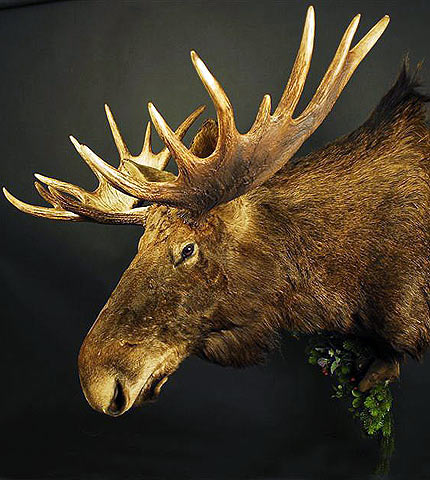Instruction
1
For the skull of an elk you'll need a large special container. Keep in mind that the structure of its horns will interfere with your immersion in boiling water. The usual round capacity will not work because they antlers will be subject to thermal influence of steam will change its original color and structure. The same negative effects will be in the processing of the trophy at the stake. Therefore, where the horns Veruda in the edges of the tank, make a slot with recesses to receive the opportunity to put a cap.
2
Pick up the container. It should be able to slide the skull. In the place where the horns lie on the container rim, perform a cut, the amount of which must be greater than the base of the horns. Ensure that the outlets of the horns are left outside. If you ever come across a younger animal, and plugs his horns will be located near the base of the skull will fall into the container, then tie the outlet with a rag. So you will achieve that the skull, though not all immersed in boiling water, but, well digested, and the horns retain their natural color.
3
If you are in the field, use a blowtorch, always with a nozzle under capacity. Can do metal or brick oven special. This procedure should be included in the service of the administration of forestry, so it is better to ask before the hunt, whether in the household fixture for pre-treatment of trophies.
4
If you want to make the horns of an elk in the classic version with bleached skull placed on the medallion, you'll like the above advice. If you plan to make the horns of the moose , along with the head, then keep cutting up the carcass, the skin is first conducted to the annular cut in the area behind the shoulder blades of the animal. Then remove the stocking to the head. If it is not possible to proceed immediately to taxidermy work, then the skin is completely remove in the usual way, making the top slit from the shoulder blades to the horns. Then draw the cut "dovetail", followed by an incision around the horns, around the eyes and around the lips.
5
After vivaria horns of an elk, clean them, bleach and proceed with the arrangement. Note that the skull of a moose is large, so solid it does not leave. Take a standard slice of the skull of an elk in the middle of the orbit, keeping the nasal bones.
6
Go to the manufacture of the medallion. Its thickness may vary from 30 to 50 mm depending on the species of elk. Don't do the medallions on the thread, only slightly decorate the lower half. In addition to the expensive breeds of trees can take a veneer finish. Mount the horns to the medallion back on the two bolts. On the reverse side at the base of the horns drill non-through holes, cut the thread.


